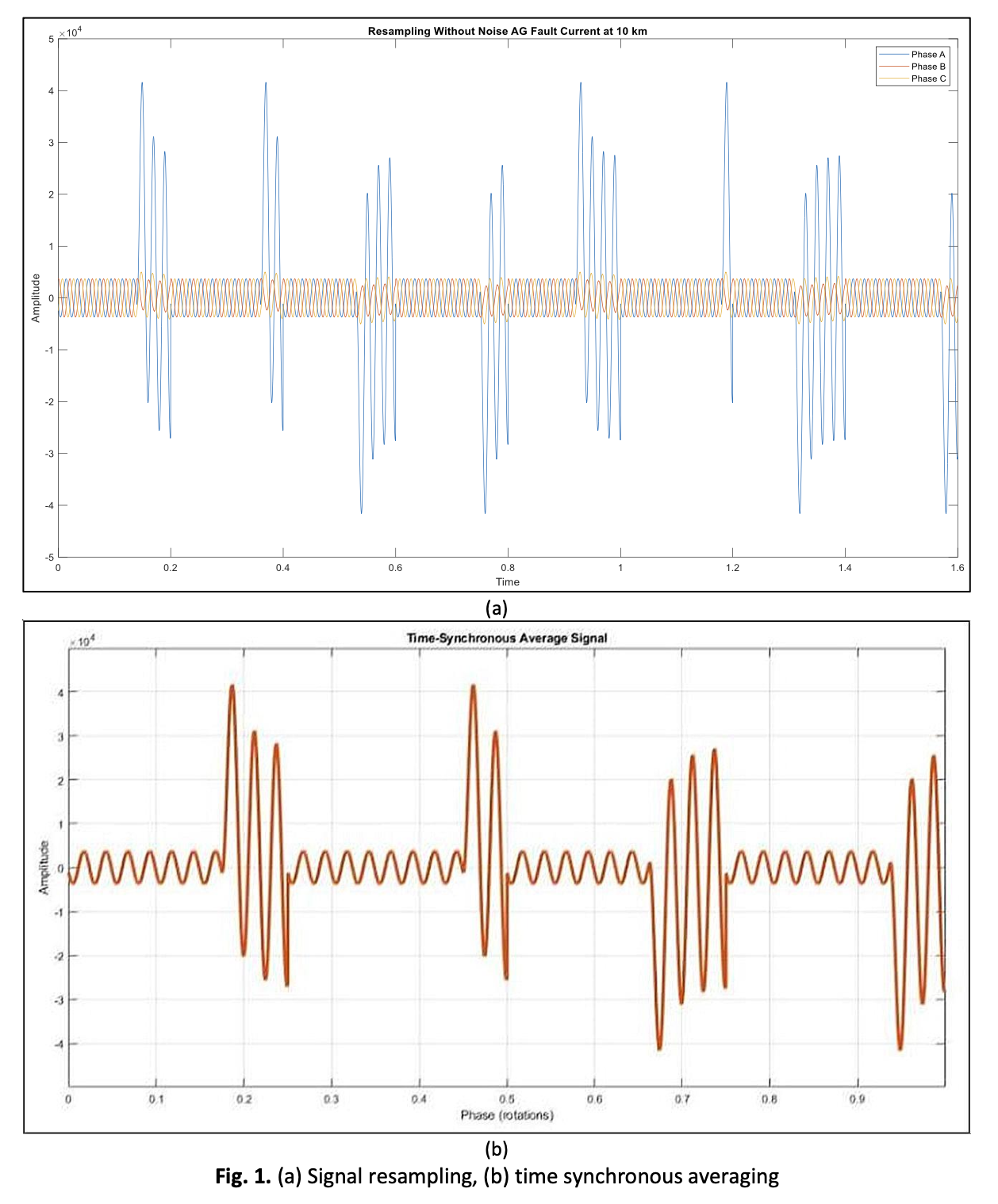Convolutional Neural Network for Transmission Line Fault Diagnosis Based on Signal Segmentation Approach
DOI:
https://doi.org/10.37934/araset.32.3.199216Keywords:
Convolutional Neural Network, fault detection, signal segmentation, transmission line fault, white gaussian noiseAbstract
Convolutional Neural Network (CNN) is a Deep Learning algorithm that can take in an input signal, assign importance (learnable weights and biases) to various aspects of the signals and distinguish between them. The CNN algorithm trains a sample and obtains a CNN model capable of identifying different fault types to analyse transmission line faults. Fault analysis methods typically require feature extraction to synthesise the relevant and non-redundant information from the raw signals. However, these traditional methods are time-consuming and inconsistent, and they can produce biased results due to the reliance on human expertise and experience. Hence, this research focused on developing an intelligent system for fault detection in a three-phase transmission line using CNN. This research aims to develop a CNN model for automatic fault detection in a three-phase transmission line and evaluate the performance of the CNN model for analysing transmission line faults. The three-phase transmission line model was developed using MATLAB-Simulink. CNN was implemented to detect transmission line faults. The performance of CNN based on the signal segmentation approach was evaluated through three different types of data: ideal and noise-added signal data. The simulation result shows good performance accuracy of 99.11% for the ideal case, 99.36%, and 99.39% for 20 dB and 30 dB noise-added cases, respectively. The result shows that a higher noise value in transmission line fault current could increase the performance of CNN. In conclusion, the utilisation of CNN based on a signal segmentation approach for transmission line fault analysis has showed promising performance.
Downloads





























